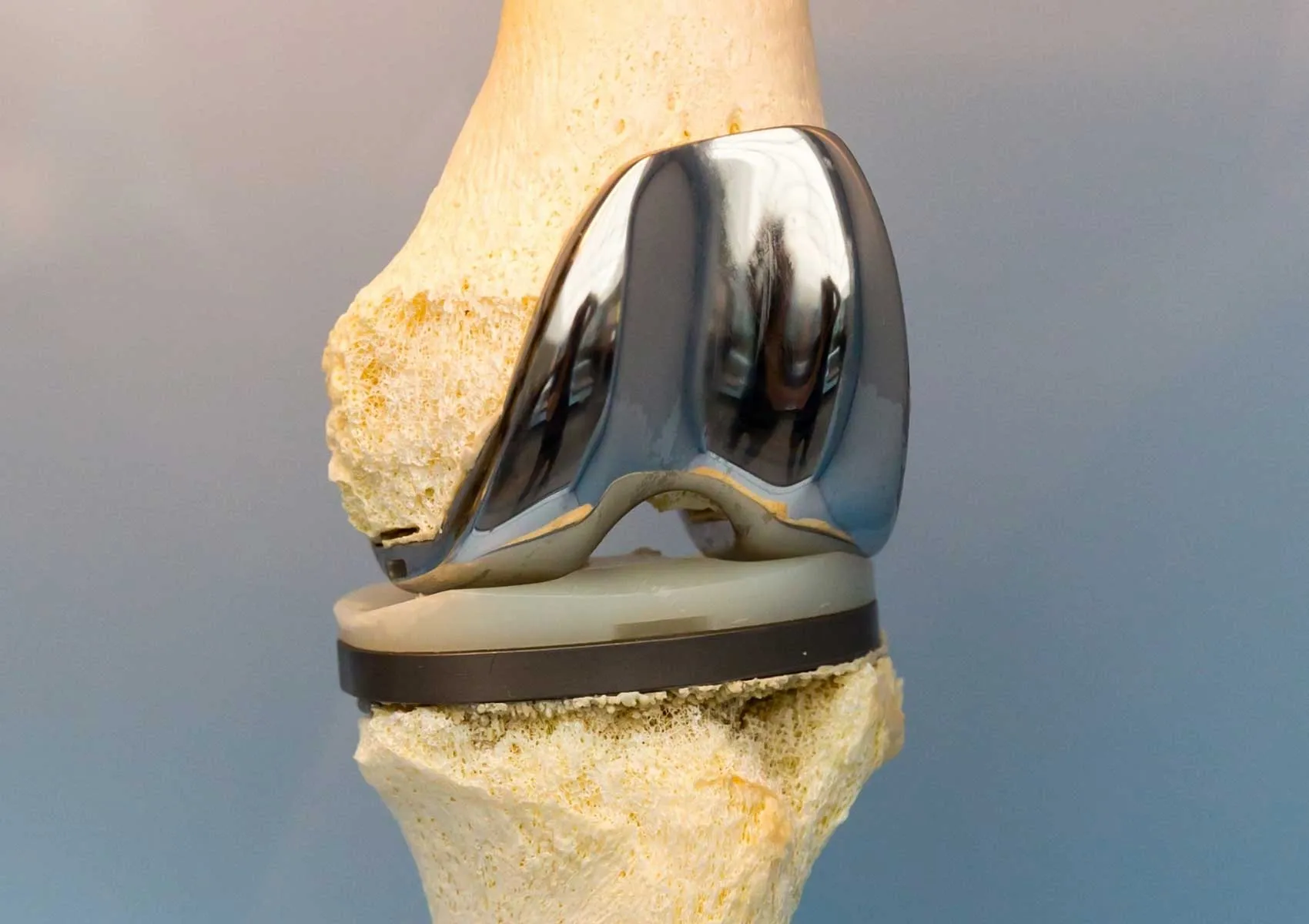Materials Used in Prosthetic Surgery
Materials used in prosthetic surgery are crucial for the success of the operation and the long-term health of the patient. This article provides a detailed examination of the types, properties, and applications of biomaterials commonly chosen in prosthetic surgery.
Prosthetic surgery is one of the frequently preferred treatment methods, especially in orthopedics and traumatology. Prostheses made of artificial materials replace damaged or deteriorated joint structures to increase patients' mobility and reduce pain. The success and durability of these prostheses greatly depend on the quality and biocompatibility of the materials used. Therefore, understanding the characteristics, advantages, and drawbacks of materials chosen for prosthetic surgery is essential.
The materials used in prostheses generally fall into three main groups: metal, ceramic, and polymer-based biomaterials. Each group offers different advantages and technical attributes. The selection depends on factors such as the patient’s age, desired mobility level, bone quality, and underlying medical conditions.
Metal Materials
Metallic prosthetic components stand out for their high mechanical strength and bioactive surface properties. The most commonly used metal material is titanium and its alloys. Titanium is frequently favored in hip and knee prostheses due to its lightweight nature, excellent corrosion resistance, and superior biocompatibility. It also boasts high wear resistance and integrates well with bone, increasing the long-term stability of the prosthesis.
Stainless steel was widely used in the past but is now used more restrictively due to titanium's advantages. Cobalt-chrome alloys, known for their high wear resistance and strong mechanical durability, are widely used in knee prostheses. These alloys are typically chosen for the femoral component in composite prostheses.
Ceramic Materials
Ceramics in prosthetics offer advantages in wear resistance and biocompatibility. Compared to metals, ceramics have a lower friction coefficient and provide a surface that reduces the risk of osteolysis. For these reasons, ceramic materials are frequently used as the femoral head component in hip prostheses.
Zirconia ceramic and alumina ceramic are two common types of ceramics used in orthopedic prostheses. Alumina ceramics are notable for their high hardness and wear resistance, while zirconia ceramics are more resilient and resistant to fracture. However, ceramics have the disadvantage of brittleness, requiring careful handling during application.
Polymer Materials
Polyethylene is the most commonly used polymer in prostheses. Ultra-high molecular weight polyethylene (UHMWPE), in particular, is preferred for components such as the acetabular cup and tibial plateau in hip and knee prostheses due to its low wear rate and high impact resistance.
More recently, cross-linked polyethylene has been developed, leading to significantly reduced wear rates. Polymers offer the advantage of flexible structures that move compatibly with bone, and implants made from these materials tend to be relatively lightweight. However, wear on polymer surfaces can release particles that may cause inflammation and osteolysis in surrounding tissues, potentially leading to implant loosening. Therefore, the quality and stability of polymers are critical for prosthesis longevity.
Biological Surface Coatings
Coatings used to enhance osseointegration and long-term stability of prostheses are also important. Biocompatible coatings such as hydroxyapatite facilitate direct contact between the prosthesis and bone, accelerating the healing process. Additionally, roughening metal surfaces and creating porous structures support bone integration.
These coatings strengthen the bone-prosthesis connection and minimize micromovements of the implant, reducing the risk of loosening.
Factors Influencing Material Selection in Prosthetic Surgery
Material selection varies based on the patient's age, activity level, bone quality, prosthesis type, and the surgery location. Durable materials with high wear resistance are preferred in young, active patients, while softer, bone-friendly materials are prioritized for older patients. Underlying conditions such as osteoporosis or inflammatory joint diseases are also considered during material selection.
Multimaterial use in prostheses is common. For example, hip prostheses may combine a ceramic or metal femoral head with a polyethylene acetabular component. These combinations enhance both mechanical durability and biocompatibility.
Innovations such as nanocoatings, antibacterial surfaces, and composite materials have been developed recently, offering significant strides toward extending prosthesis lifespan and reducing complications. However, these technologies are not yet widely used in clinical practice and require more long-term studies.
Monitoring Material Performance in Prosthetic Surgery
Postoperative assessment of prosthetic performance is conducted through imaging techniques and clinical evaluations. Issues such as wear, loosening, or infection may arise depending on material quality and patient recovery dynamics. Therefore, proper material choice, surgical technique, and a suitable rehabilitation program must be considered collectively.
In summary, since the materials used in prosthetic surgery directly affect patients’ quality of life, careful selection is essential, adopting a multidisciplinary approach. Advanced biomaterial research continues to evolve prosthetic technologies, enabling patients to move pain-free for longer periods.
FAQ
-
What is the most commonly used metal material in prosthetic surgery?
The most frequently used metal material is titanium and its alloys. It is preferred for its lightness, durability, and excellent integration with bone.
-
What advantages do ceramic materials provide when used in prostheses?
Ceramics offer high wear resistance, lower friction coefficients that reduce surface wear, and decrease the risk of osteolysis. However, they are brittle and require careful application.
-
Why is polyethylene favored as a polymer in prostheses?
Polyethylene, especially ultra-high molecular weight types, is durable, lightweight, and has low wear properties, making it ideal for hip and knee prostheses. Cross-linked polyethylene further improves wear resistance.
-
What is the role of biological surface coatings on prostheses?
Biological coatings support osseointegration by enhancing stable bonding of the implant to bone. Coatings like hydroxyapatite facilitate bone-implant integration and reduce micromovements.
-
How does material selection affect the lifespan of a prosthesis?
Selecting the appropriate material increases mechanical durability and reduces wear, extending prosthesis lifespan and lowering complication risks. Tailoring material choice to patient factors is critical for long-term success.

